Yucca filifera
Yucca Filifera, commonly known as Thread-Leaf Yucca, is an elegant and striking succulent native to the arid regions of northern Mexico and the southwestern United States. This yucca species is admired for its distinctive appearance, characterized by a tree-like trunk and a rosette of long, narrow leaves that are adorned with fine, thread-like filaments. The leaves are typically green to gray-green, adding a unique texture to the plant.
- Botanical Name: Yucca filifera
- Common Names: Thread-Leaf Yucca, Long-Leaf Yucca
- Mature Height: 10-20 feet (3-6 meters) including flower spike
- Mature Spread: 5-10 feet (1.5-3 meter)
- Growth Rate: Slow to moderate
- Light Requirements: Full sun
- Soil Requirements: Well-draining soil; tolerates poor and sandy soils; prefers slightly acidic to neutral pH
- Water Needs: Low; drought-tolerant once established
- Foliage: Evergreen, long, narrow leaves with fine, thread-like filaments
- Flowers: Tall spikes of creamy white or greenish bell-shaped flowers, blooming in late spring to early summer
Uses:
- Ornamental: Yucca Filifera is prized for its dramatic, architectural form and striking appearance, making it an attractive addition to gardens and landscapes.
- Xeriscaping: Ideal for xeriscaping and low-water gardens due to its drought tolerance and minimal care requirements.
- Container Gardening: Suitable for container gardening, adding a unique touch to patios, balconies, or indoor spaces with bright, indirect light.
Benefits:
- Drought Tolerance: Highly drought-tolerant, making it an excellent choice for dry climates and low-water gardens.
- Low Maintenance: Requires minimal care, making it suitable for busy gardeners or those seeking an easy-to-care-for plant.
- Architectural Appeal: The plant’s unique trunk and thread-like foliage provide a striking and eye-catching focal point in any garden or indoor space.
- Adaptability: Adaptable to a variety of soil types and growing conditions, as long as drainage is adequate.
Yucca Filifera, or Thread-Leaf Yucca, is a visually stunning and hardy plant that offers both aesthetic beauty and practical benefits. Its unique form and low maintenance requirements make it a valuable addition to gardens, landscapes, and container arrangements.
Debes acceder para publicar una valoración.
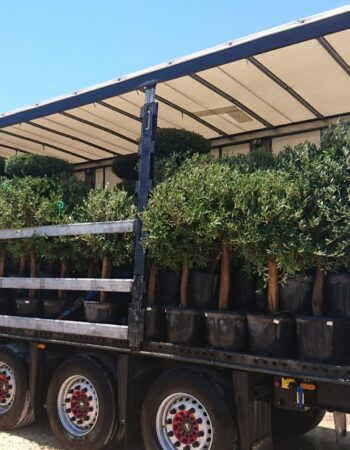
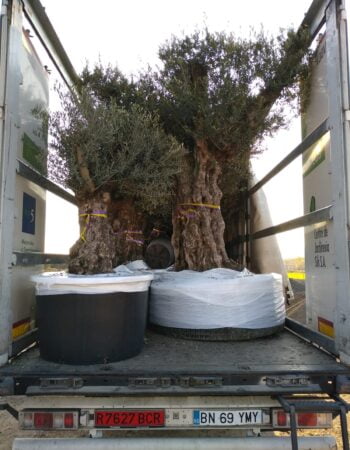
CAREFUL TREE TRANSPORTATION
At Treezom, we take great care in transporting your trees to ensure they arrive in perfect condition. Our expert team uses various methods, depending on the size and volume of the order, to provide safe and efficient delivery. Whether you're ordering a single tree or a bulk order, we guarantee high standards of handling and care throughout the process.
MULTIPLE SHIPPING METHODS
- Truck Delivery: Ideal for local or regional deliveries, ensuring a smooth and timely shipment of your trees directly to your location.
- Sea Containers (20’ or 40’): Perfect for larger orders or international shipping. Our sea containers are equipped to handle bulk shipments with optimal protection.
- Other Customized Solutions: Depending on the size and nature of your order, we can offer tailored shipping methods to meet your specific needs.
No matter the shipping method, we use specialized packaging and handling procedures to protect the trees during transit, ensuring they arrive healthy and ready for planting.
Below, you’ll find key tips tailored to this species’ requirements. Whether you’re new to plant care or have plenty of experience, these guidelines are here to support you in keeping your green companion healthy and vibrant.
- Planting:
- Choose a location with full sun and well-draining soil. For outdoor planting, ensure the site has adequate space for the plant’s mature height and spread.
- Use a pot with drainage holes if growing indoors or in containers.
- Prepare the soil by mixing in sand or gravel to improve drainage if necessary.
- Watering:
- Water infrequently, allowing the soil to dry out completely between waterings.
- Overwatering can cause root rot; ensure proper drainage to avoid waterlogged conditions.
- Reduce watering during winter or dormant periods.
- Pruning:
- Remove any dead or damaged leaves to maintain the plant's appearance and health.
- Prune off spent flower spikes after blooming to keep the plant tidy and encourage new growth.
- Fertilizing:
- Feed with a balanced, slow-release fertilizer once or twice during the growing season (spring and summer).
- Avoid over-fertilizing, which can lead to excessive foliage growth and reduced flowering.
- Pest and Disease Control:
- Monitor for common pests such as spider mites, mealybugs, and scale insects.
- Treat infestations with insecticidal soap or horticultural oil as needed.
- Ensure good air circulation around the plant to prevent fungal diseases.
*This information is provided for informational purposes only. For more detailed care, please consult a professional Gardener or Arborist.


 SINGLE TREE
SINGLE TREE OUTDOOR POTS
OUTDOOR POTS








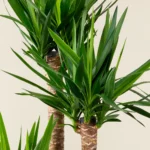


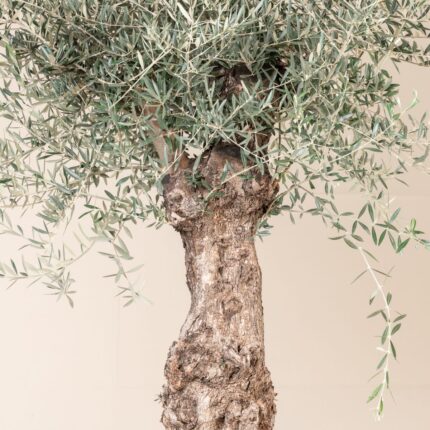

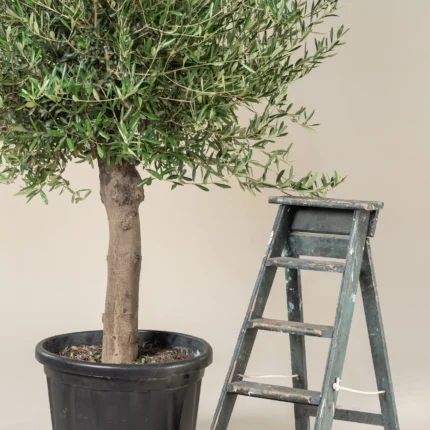






 Single Tree
Single Tree
Valoraciones
No hay valoraciones aún.